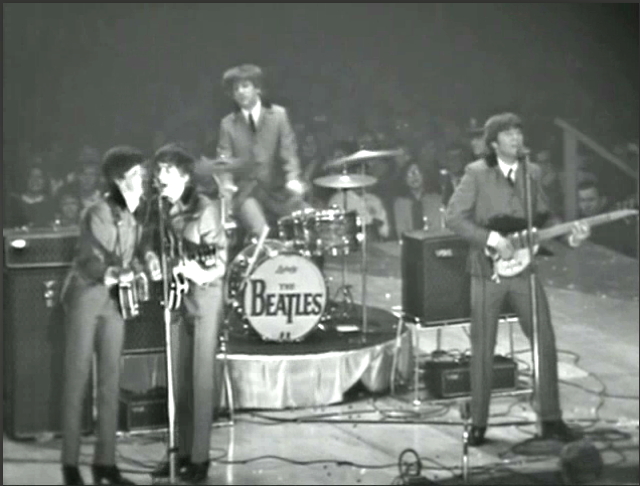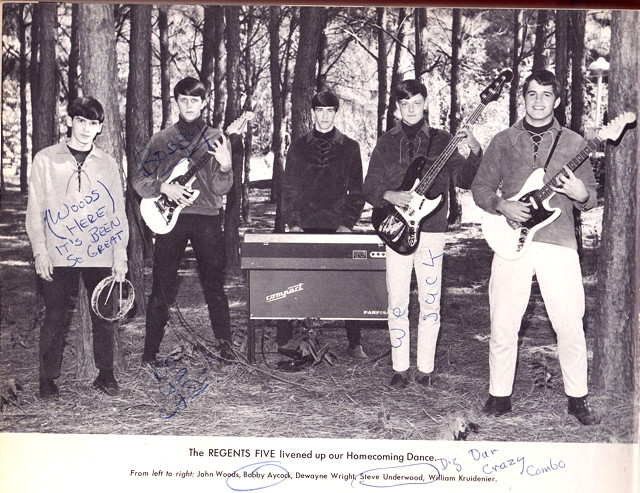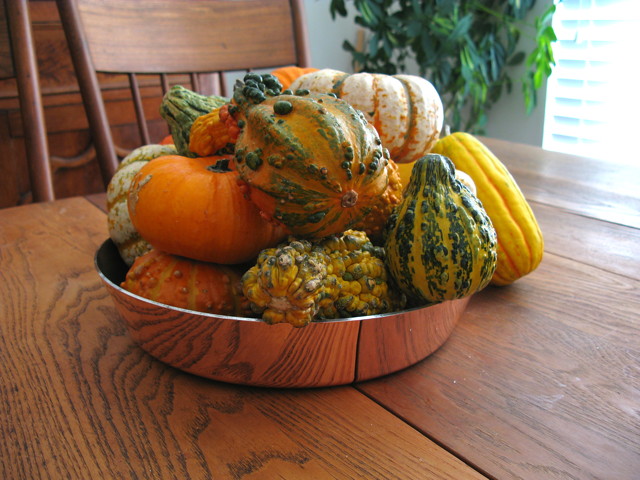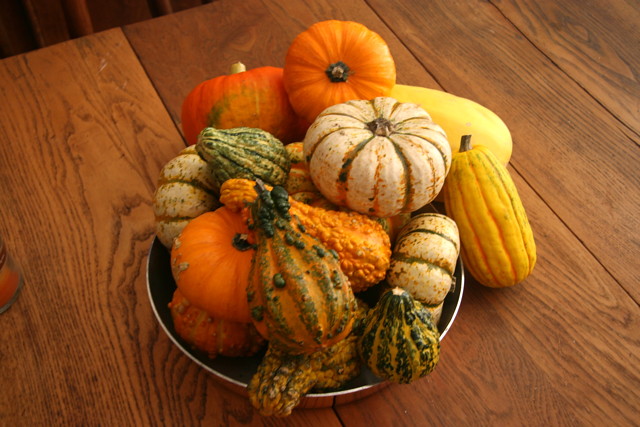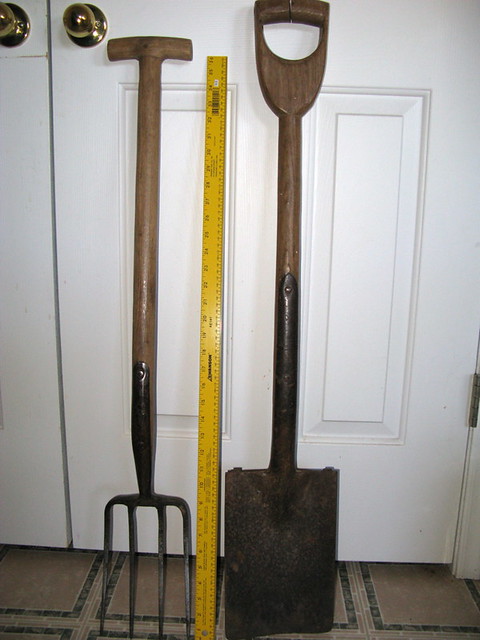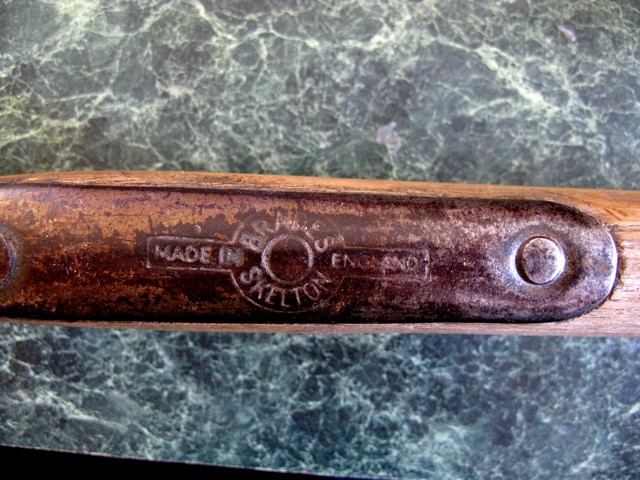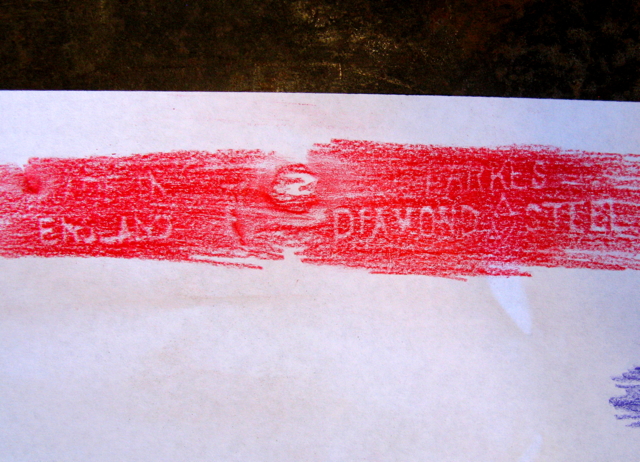Change doesn’t happen overnight, either for individuals or nations. But it is happening, in unexpected corners. Even my own local grocery story in a low-income, predominantly Latino neighborhood -- a place that sells pork rinds at the checkout -- has in the past year added organic produce and a wide aisle of exotic grains. Trust me, the day you can find red quinoa at the C-Town, there's a seismic change going on out there.
Thursday, December 30, 2010
Seismic Shift in Food and Eating
Wednesday, December 29, 2010
How Does Your State Value Animals?
The HSUS has released its 2010 "Humane State Ranking," a comprehensive report rating all 50 states on a wide range of animal protection laws. See where your state stands. Hover over map for state summary or click on a tier to view humane state ranking and score out of 65. PDFs of detailed state ranking also available.
Not surprisingly, my home state of North Carolina, the nation's largest pork producer, ranks 32nd out of the 50 states and District of Columbia.
Saturday, December 18, 2010
You Had to Grow up There
Thursday, December 16, 2010
Shame on Smithfield Foods (and Paula Deen)
Wednesday, December 8, 2010
Nitric Oxide and Endothelial Cells (How to Prevent Heart Disease and Dementia at the Same Time)
What impairs the supply of nitric oxide?
It's a Catch-22. Nitric oxide is diminished by all the usual suspects--the cardiovascular risk factors--like high cholesterol, high triglycerides, high homocysteine, high CRP (marker for inflammation), insulin resistance, high blood pressure, and smoking. These culprits impair the delicate endothelial cells' ability to produce ample nitric oxide.
What role does diet play in this endothelial cell/nitric oxide story?
Here's how Dr. Esselstyn explains it: "The basic understanding we all need to accept is that with every meal of oil, dairy, or meat we eat, within minutes there is damage & injury to the "life jackets" of our vascular health--which is the single layer of endothelial cells that line all of our blood vessels. The endothelial cells produce the "magical gas" called nitric oxide which keeps our blood vessels relaxed, prevents our white blood cells & platelets from becoming sticky, and prevents the growth of plaque--the dread "hardening of the arteries".
Is there anything we can eat to insure that our endothelial cells will have the raw materials to produce this healing nitric oxide?
Beans & leafy greens. Load up on kale, collards, Swiss chard, bok choy & beans and you will be well on your way to healing the linings of your blood vessels. Ditch the meat, dairy, & oil. And be sure to include a daily bowl of oatmeal while you're at it--with its nitric-oxide increasing avenanthramides.
Tuesday, December 7, 2010
The Un-education of American Teenagers
Monday, December 6, 2010
Backyard Deer
Sunday, December 5, 2010
A Challenge to the Red Cross

We Need a New Word
Thursday, December 2, 2010
Atheists Don't Have No Songs
How Apple Is Spending Your Money

Tuesday, November 30, 2010
Impact of Diet Choices on the Planet
1) Raising livestock and their by-products account for at least 32.6 billion tons of carbon dioxide equivalents per year, or 51 percent of annual worldwide green house gas (GHG) emissions.
2) Thirty percent of the entire land surface of Earth is devoted to livestock production, including plants used to feed the livestock.
3) Replacing meat with plant-derived sources of calories and protein could reduce the land area required to feed the human population by more than 80 percent and recover about 25 percent of the land for restoration, solar energy capture, or other eco-friendly purposes.
4) Between 23-30 percent of our global ecological footprint comes from agriculture, primarily livestock production.
5) Beef takes 70 times more land to produce than vegetables.
6) 80 percent of the world’s soy production is consumed by livestock.
7) About 50 percent of the world’s grain supply is used to feed livestock. This is while almost 11 million children who live in the countries where these feed grains are grown, die ironically of hunger each year.
8) In 2009, for the first time, the number of people suffering from hunger exceeded 1 billion. This doesn’t include people facing hunger shortages from natural disasters.
9) If all 6.78 billion people on Earth began consuming as many animal products as residents of the United States, we would need over 3 planet Earths to meet the demand. If all people on Earth became vegetarians, less than one Earth would be needed to meet food demands.









